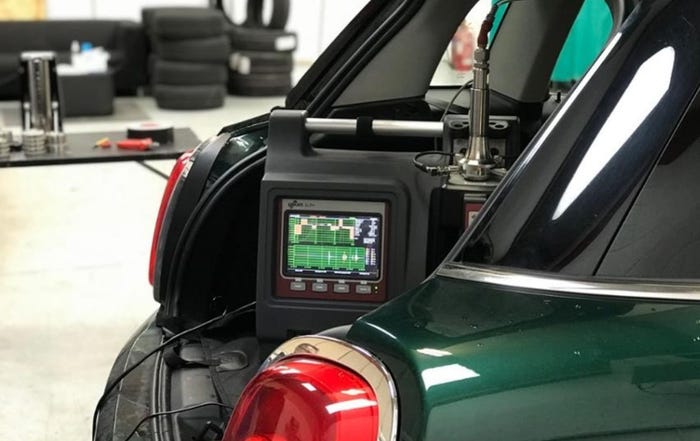Reversal Doubtful
A string of new and possibly stronger products is not likely to see the Big Three U.S. auto makers stop their combined market share slide, much less reverse it. Even if General Motors Corp., Ford Motor Co. and the Chrysler Group which is having some success right now can improve their pricing power and overcome the image of lagging quality compared with foreign-based auto makers, intensifying competition

A string of new and possibly stronger products is not likely to see the Big Three U.S. auto makers stop their combined market share slide, much less reverse it.
Even if General Motors Corp., Ford Motor Co. and the Chrysler Group — which is having some success right now — can improve their pricing power and overcome the image of lagging quality compared with foreign-based auto makers, intensifying competition will put a cap on growth prospects.
The Big Three might be able to pump up profit margins and solidify their balance sheets in the U.S. market, but they should not count on higher market penetration.
Including their own import brands, market share for the Big Three over the last 25 years has dropped from a high of 76.7% in 1984 to 61.4% in 2004.
During that time, market share for the “second” Big Three — Toyota Motor Sales U.S.A., American Honda Motor Co. Inc. and Nissan North America Inc. — has risen from 14.2% in 1984 to 26.3% in 2004.
In recent years, BMW North America LLC and Hyundai Motor America Inc. have been climbing the market-share ladder slowly, but with much smaller volumes.
For at least the next three years, market share for the Big Three as a whole likely will continue to fall, while Toyota-Honda-Nissan's penetration will consistently rise.
Toyota and Honda will increase production capacity in North America. If history is a guide, the Japanese auto makers can count on further success for new and redesigned products.
Toyota adds a plant in San Antonio, TX, in 2006 to build a redesigned version of its Tundra pickup, which promises to compete more directly with the Big Three's offerings.
The addition of the San Antonio plant will nearly double the production capacity for the Tundra, which also is built in Indiana.
Honda's redesigned Odyssey minivan is on sale for its first full year in 2005, and is being joined by Honda's first-ever pickup truck, the Ridgeline.
Honda is ramping up capacity of a second line at its Alabama plant, which will give it more capacity for the Odyssey as well as the Pilot, one of the best-selling cross/utility vehicles in the U.S.
Nissan will be at full capacity this year building trucks for the U.S. market at its new plant in Canton, MS. Plus, its redesigned Xterra SUV and Frontier pickup, built in Tennessee, now are in dealer showrooms.
That's not to mention other reskins or new vehicles coming from the Toyota-Honda-Nissan triumvirate. New product also is on the way — including the still-hot CUV segment — from the likes of BMW, Hyundai, Kia Motors America Inc., Subaru of America Inc., American Suzuki Motor Corp. and Volkswagen/Audi of America Inc.
Not all will be successful. But for the Big Three, more will not be merrier.
Read more about:
2005About the Author
You May Also Like





